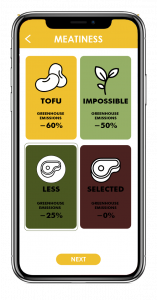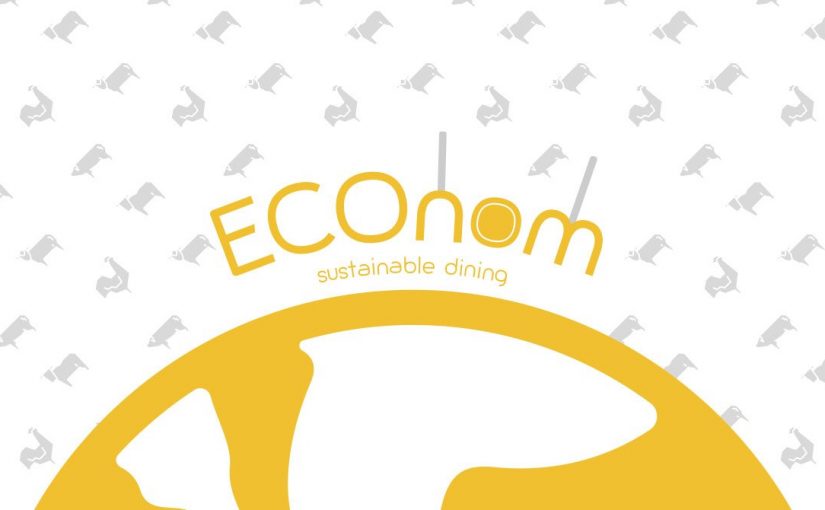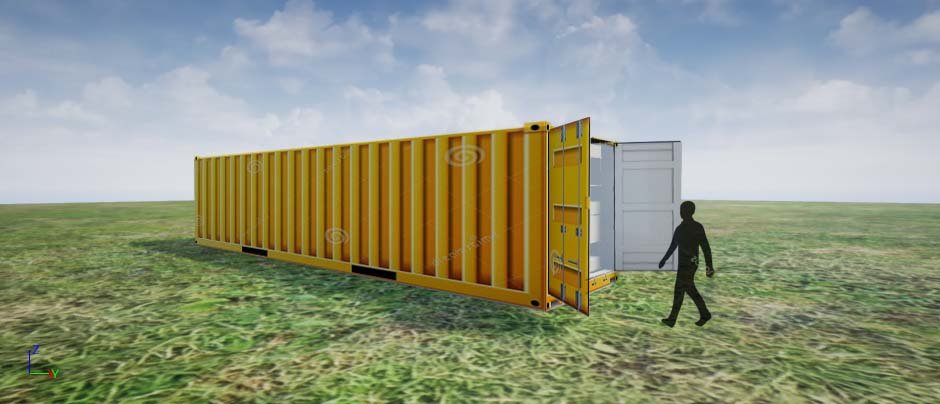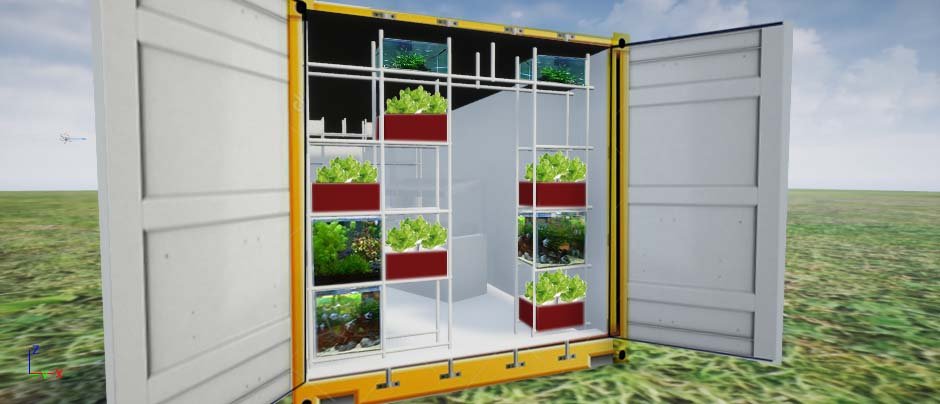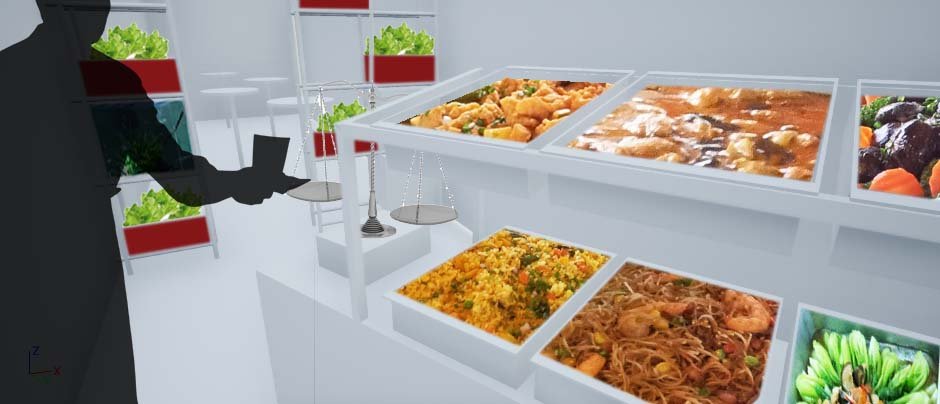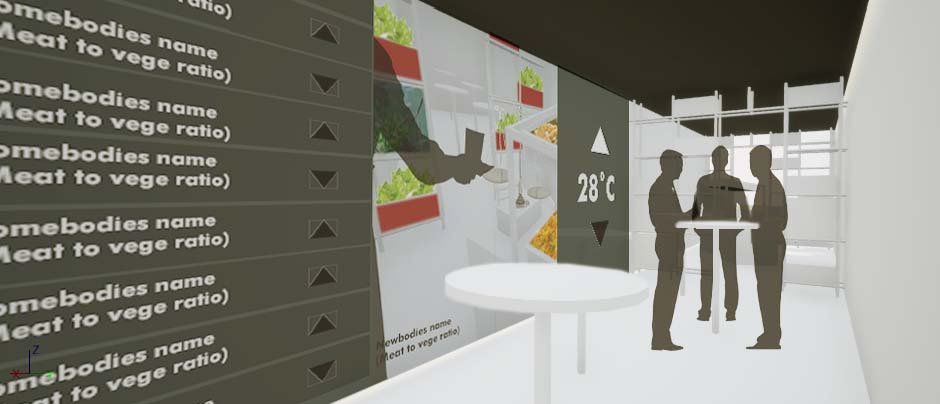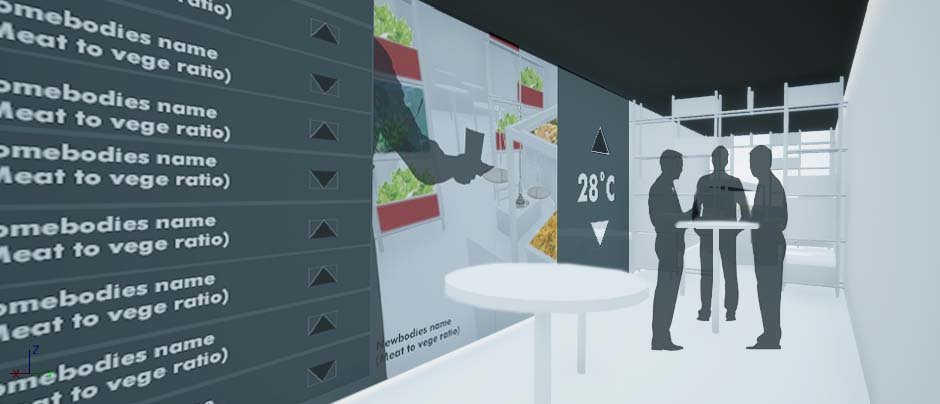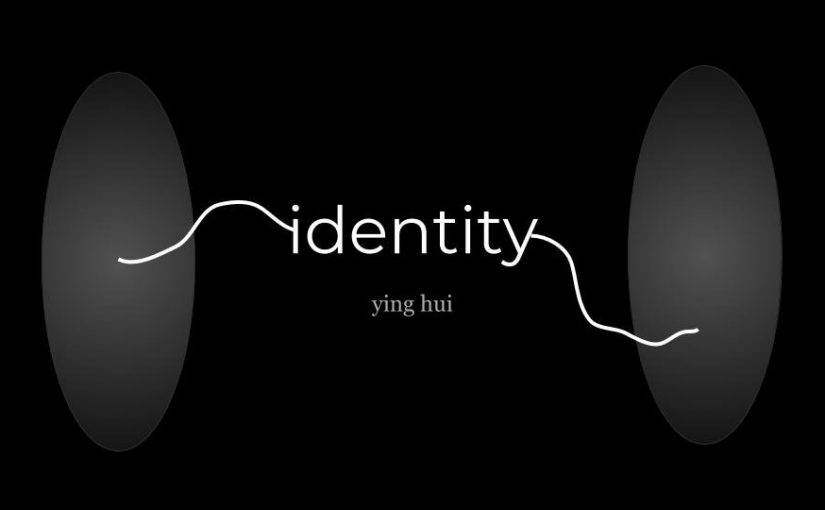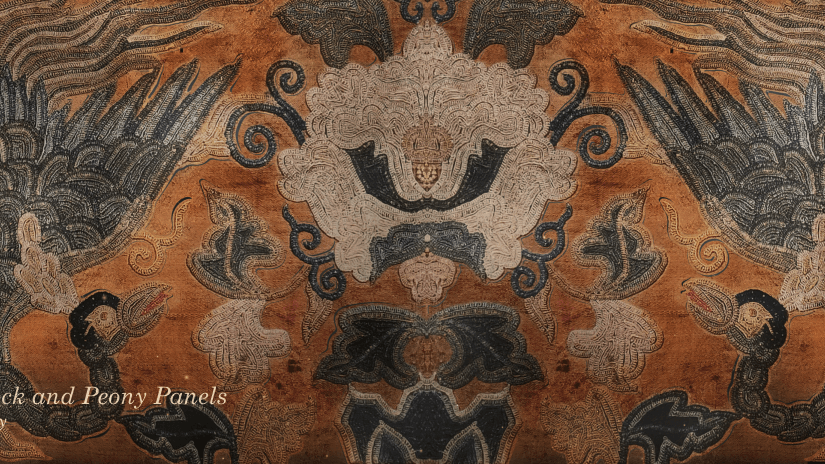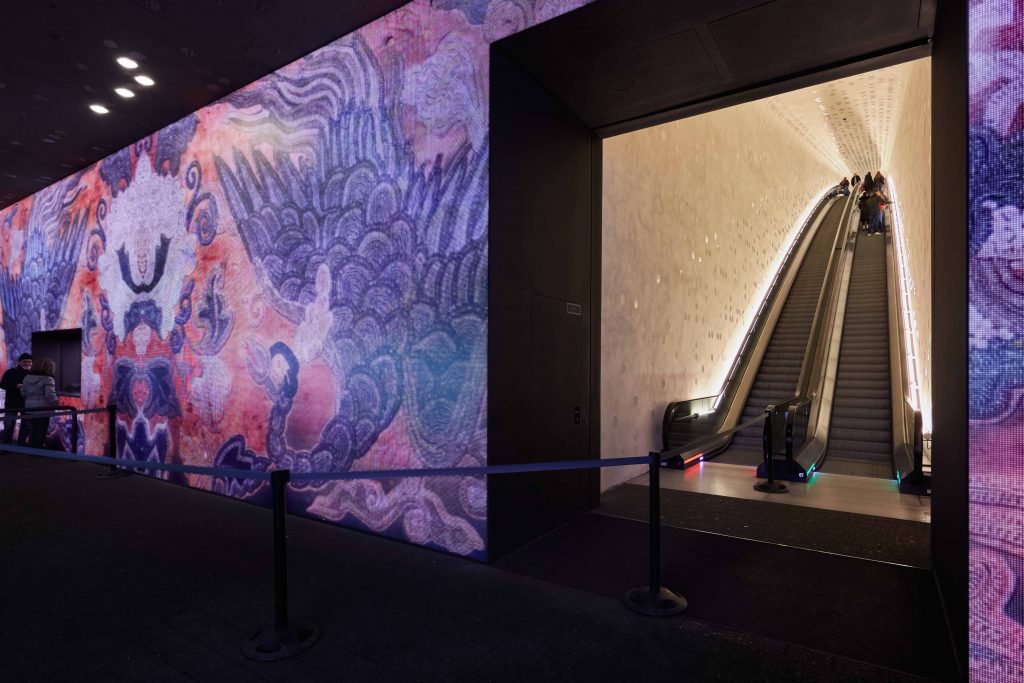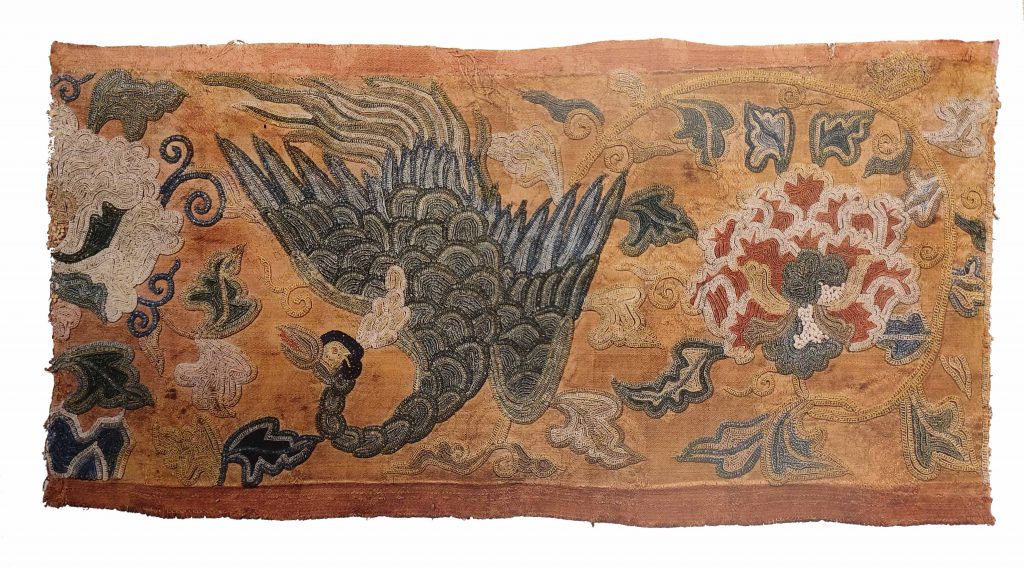So my favourite interactive installation seen from the visit to the National Museum is, predictably, Story of the forest by TeamLab. The immersive installation animates 69 antique drawings from William Farquhar Collection of Natural History Drawings, commissioned in the 19th Century documenting the flora and fauna within the local region. It starts off with a stunning petaled rain, captivating the audience from the start; an immediate overhaul over your sense of space with simply sound and visual. The black background, like a reversed abyss, made the dome interior larger than it seemed. It was beautiful, however the 3D effect does cause some dizziness. I, myself, stumbled a little crossing the bridge.
The second part of the installation was a the animated wildlife projection along a spiral walkway that wrapped around the Rotunda. I think the site really works for the idea of gradual time progression from day to night. It is unnoticeable that time has ‘passed’ until you enter the night. Regardless of the floating flowers, it was a smoother, more natural experience than the bridge.
The installation ends at the bottom of the dome, underneath the bridge that was part one. Back to the raining flowers but this time, perhaps due to the proximity, my footing felt more stable. The viewing was also more relaxed, one does not need to strained the neck to view the projection in all its glory. We were invited to lie down, a rather soothing therapeutic moment we had as a class.
The slight fantastical theme, though strays from the argument for authenticity and mission to educate, the matter is not of significance. The National Museum had a separate exhibit displaying the real drawings with full descriptions along with scent specimens for that purpose. The magical aesthetic, here, plays as an element to intrigue.
The only setback of the installation, for me, is that it is segmented by blackout curtains. Understandably necessary and disruptive at the same time, that is why I praise the fluidity of the second part. Like curator Ismail had said, the lack of hint in continuation led many visitors to end their visit prematurely. The projections are flawless in visual cohesion but the spatial planning could be better improved.
If i remember correctly, there was a point about Site specificity being taken into consideration. The forested nature was due to the fact the fort canning park was right next door and I do believe it helped to contextualize the exhibit. One may say it is not as effective because visitors rarely make the connection. But then again, the sentiment may be received unconsciously.
The brilliance of TeamLab and other similar companies is that the work is extremely passive on the interactive scale and yet people flock to see. Minus the factor of being insta-worthy, these works have successfully capitalized on the pure joy of viewing. As designers we are always searching for bombastic ways to wow the crowd and here is an artwork that proving high interactivity does not equate to quality of the work.
Such installations also has a double-edge relationship with crowds. It relied on the influence of other visitors, the bandwagon effect to direct traffic. For example, the option to view the falling flowers from the best vantage point which was to lie on the floor. Or that there are sensors that allow the audience to leave an imprint of themselves in the fictional woods. A supposedly casual and relaxing experience, is also disrupted in large crowds.
The focus on the most enjoyable consumption is what I had like to adapt from TeamLab’s Story of the Forest. I realised, the word “Environment” somehow naturally referred to a single large space which was limited my options. Separating the facts from aesthetics sounds like a good approach for serious topics such as mine-Sustainable Food Supply as works loaded with facts were never welcomed. Similarly, for my assignment, there must be a narrative link between the two; one cannot exist without the other because of the cyclical impact of the topic.

